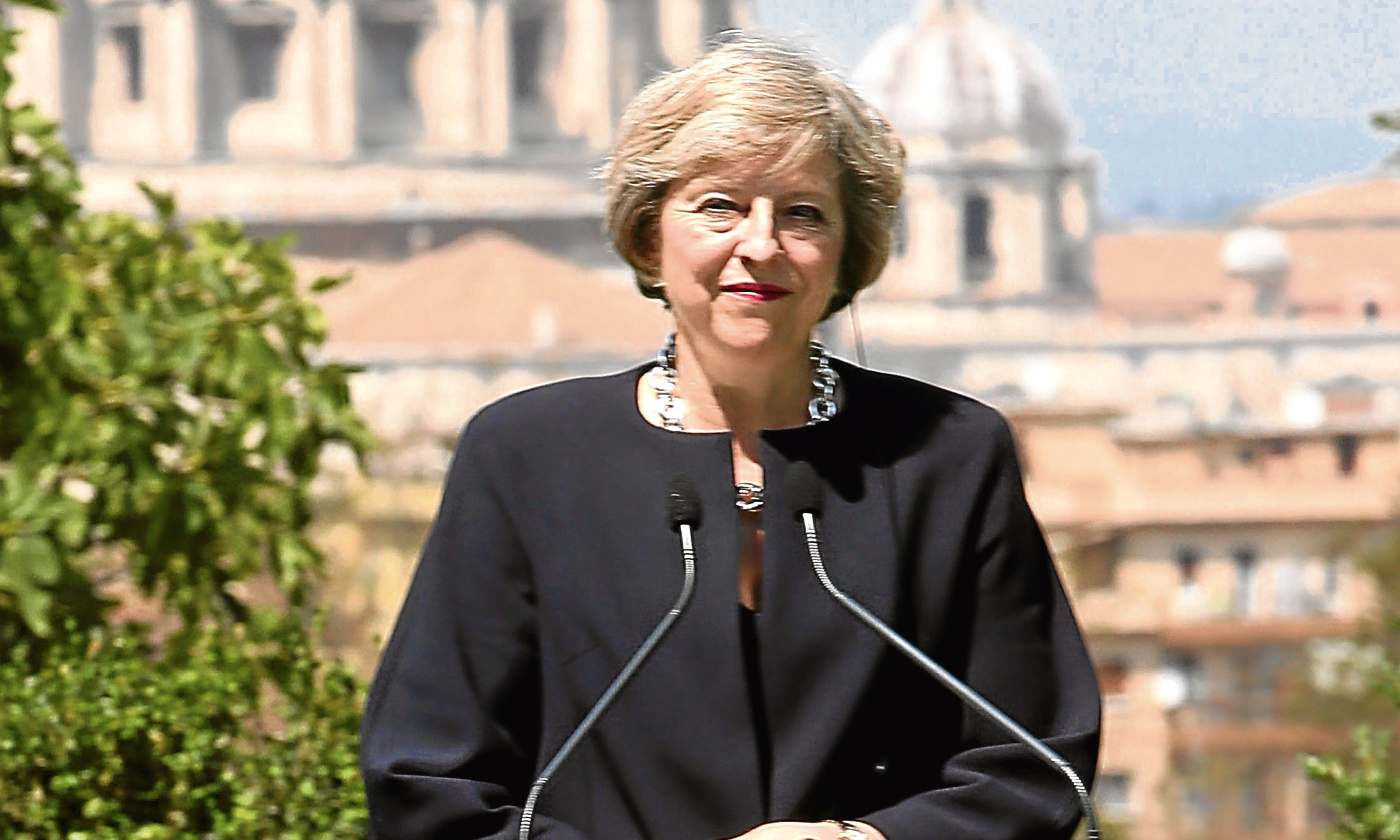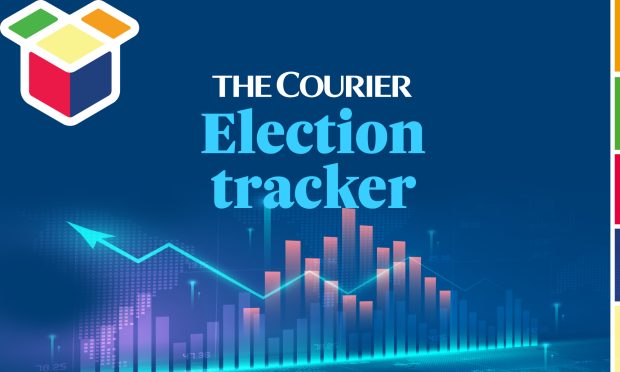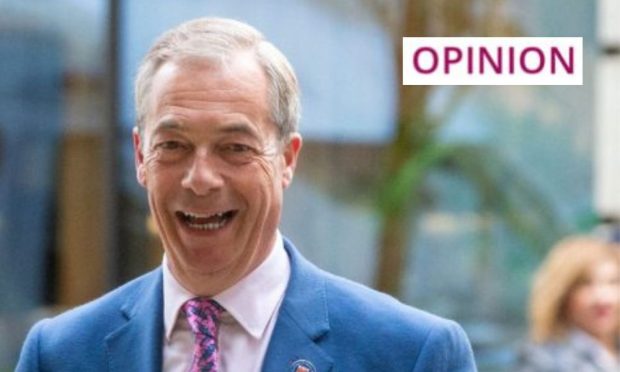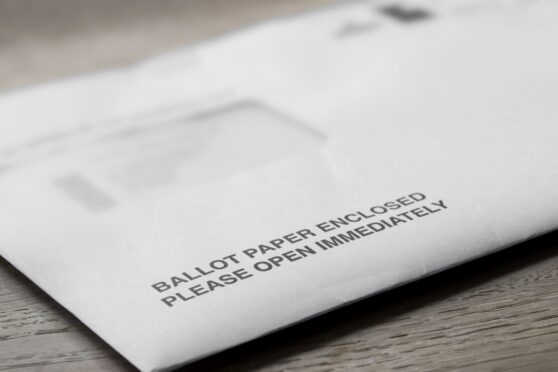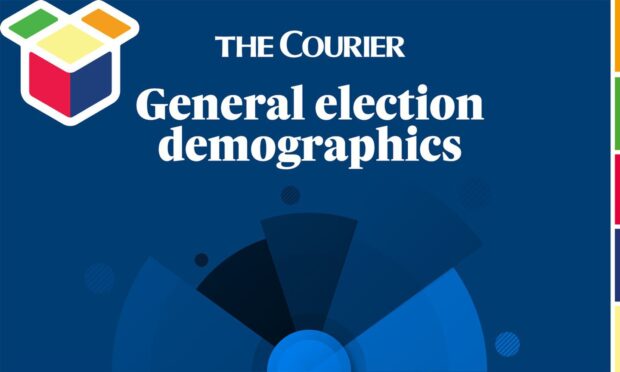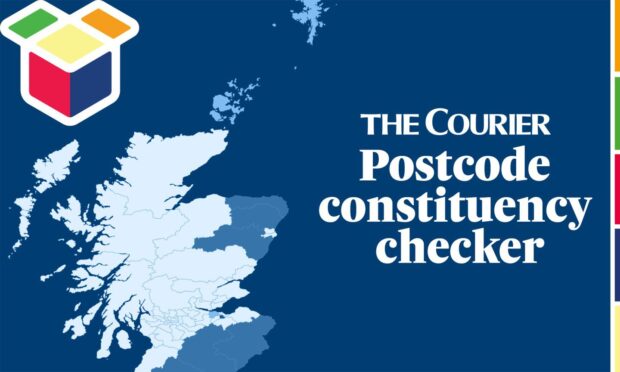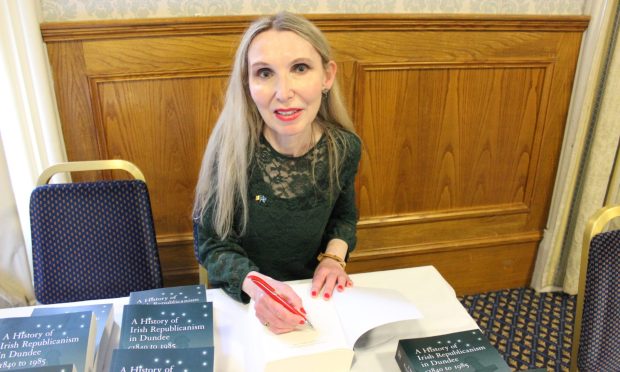The UK will start the formal process to quit the European Union within five months, the Prime Minister has confirmed.
Theresa May’s announcement means Britain will likely leave the Brussels bloc by summer 2019.
Speaking ahead of addressing the Conservative Party Conference for the first time its leader, Mrs May said Article 50 of the Lisbon Treaty will be triggered in the first three months of 2017, marking the start of the two-year process to enact Brexit.
The process can be extended beyond two years if Britain and all other EU countries unanimously agree, but that prospect is seen as unlikely.
“As you know, I have been saying that we wouldn’t trigger it before the end of this year so that we get some preparation in place,” she told the Andrew Marr show.
“But yes, I will be saying in my speech today that we will trigger (Article 50) before the end of March next year.”
Mrs May added: “The remaining members of the EU have to decide what the process of negotiation is.
“I hope, and I will be saying to them, now that they know what our timing is going to be – it’s not an exact date but they know it will be in the first quarter of next year – that we’ll be able to have some preparatory work so that once the trigger comes we have a smoother process of negotiation.
“It’s not just important for the UK but important for Europe as a whole that we’re able to do this in the best possible way so we have the least disruption for businesses, and when we leave the EU we have a smooth transition from the EU.”
One of her own MPs instantly attacked the announcement, however, with Anna Soubry saying the outcome of any fast exit negotiations “troubles me hugely”.
The former business minister told Peston on Sunday: “We are going to get something worse, obviously. We don’t hold the cards. The EU does.”
A list of 100 “unanswered questions” has been drawn up by the SNP, who attacked Mrs May for a lack of clarity on quitting the EU.
The party’s Westminster leader Angus Robertson said: “We are now 100 days on from the EU referendum result, and the utter lack of clarity from the Prime Minister and the rest of the UK Government is a shameful abdication of responsibility.
“The Tories are in the process of walking the UK economy off a cliff with a vague promise that they’ll find a parachute on the way down. It’s not good enough.
“People in Scotland voted overwhelmingly against leaving the EU – but even Leave voters must be worried by Theresa May’s inability to outline even the basics of what ‘Brexit means Brexit’ actually means.”
The PM is expected to unveil plans to enshrine all EU regulations that apply to Britain in domestic law when the country leaves the bloc during her first speech to delegates.
She will tell Tories in Birmingham that a “Great Repeal Bill” will scrap the 1972 European Communities Act, which gives direct effect to all EU law, and at the same time convert Brussels regulations into domestic law.
Mrs May argued that such a move was necessary both to protect workers’ rights and to provide reassurance for businesses.
This will give Parliament the power to unpick the laws it wants to keep, remove or amend at a later date, in a move that could be welcomed by MPs keen to have a say over the terms of Brexit.
The move is also designed to give certainty to businesses and protection for workers’ rights that are part of EU law.
Mrs May told The Sunday Times: “This marks the first stage in the UK becoming a sovereign and independent country once again.
“It will return power and authority to the elected institutions of our country. It means that the authority of EU law in Britain will end.”
Brexit Secretary David Davis will tell the conference: “To those who are trying to frighten British workers, saying ‘when we leave, employment rights will be eroded’, I say firmly and unequivocally, ‘no they won’t’.”
The Bill is expected to be brought forward in the next parliamentary session (2017-18) and will not pre-empt the two-year process of leaving the EU, which begins when the Government triggers Article 50 of the Lisbon Treaty.
Mr Davis will say: “It’s very simple. At the moment we leave, Britain must be back in control. And that means EU law must cease to apply.
“To ensure continuity, we will take a simple approach. EU law will be transposed into domestic law, wherever practical, on exit day.
“It will be for elected politicians here to make the changes to reflect the outcome of our negotiation and our exit.
“That is what people voted for: power and authority residing once again with the sovereign institutions of our own country.”
The repeal Bill will end the primacy of EU law, meaning rulings by the European Court of Justice will stop applying to the UK once the legislation takes effect.
It will include powers to make changes to the laws using secondary legislation as negotiations over the UK’s future relationship proceed, although more wide-ranging amendments or new laws may come forward in separate Bills.
Mrs May made clear she does not want the conference to be dominated by the issue of leaving the EU and has taken the unusual step of scheduling two conference speeches, on Brexit on Sunday before delivering the traditional leader’s speech to close the conference on Wednesday.
But it may prove difficult with Tory MPs divided between favouring a “hard Brexit” outside the European single market to obtain complete control over immigration, or remaining in or having close access to the free trade zone, but potentially having to comply with some EU rules.
“I’m clear that we are not going to be completely consumed by Brexit,” the Prime Minister told the Sun on Sunday.
But in a sign of the debates that could dominate the fringes of the event, former education secretary Nicky Morgan will warn against interpreting the Brexit vote as “giving a licence to harsher rhetoric and returning to policies which have been rejected in the past”, according to the Observer.
Meanwhile, Mrs May suggested seeking advice from her predecessor David Cameron was not on her list of priorities, having not spoken to him for 62 days after taking office.
“It’s not that I haven’t been talking to him,” she said.
“I spent some time doing the key things that were important.”
Mr Cameron’s former spin doctor Sir Craig Oliver revealed that the former prime minister had considered in the run-up to the referendum telling voters that he wanted Britain to stay in the EU but also seek curbs on immigration.
But Mr Cameron ditched plans to seek fresh concessions in a phone call with German chancellor Angela Merkel 10 days before the referendum, Sir Craig said.
In the latest serialisation of his book, Unleashing Demons: The Inside Story Of Brexit, in the Mail on Sunday, Sir Craig said: “The idea was to test the water to see if we can agree to make plain that much more will be done on immigration.
“But as the time approaches we realise it is a fool’s errand. Even supposing a magical plan can be set in train – and it certainly isn’t – it will look desperate.”
